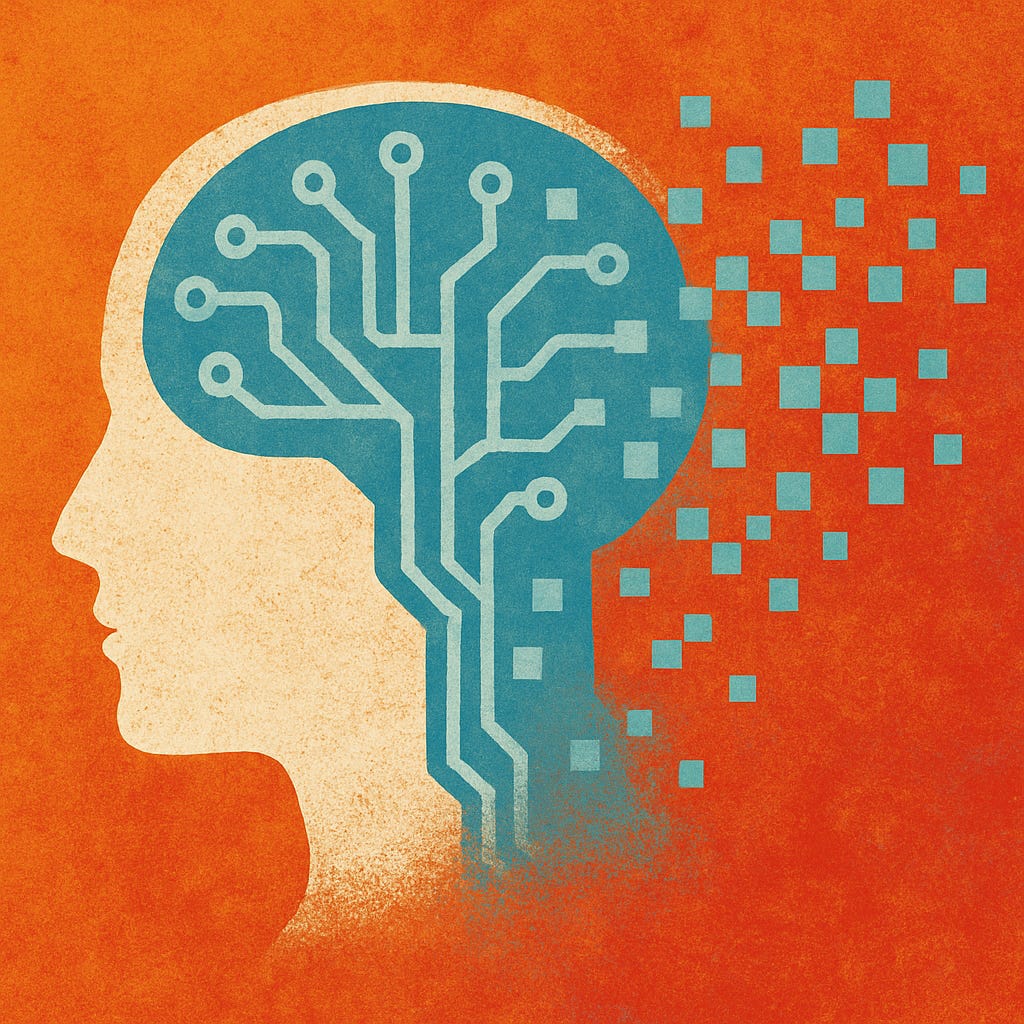Is the Substrate Critical for Consciousness?
A review of the evidence that consciousness is informational rather than substrate-dependent
What is special about the brain? Among the various structures within the neural network that is central to the functioning of human consciousness, we have neurons, synapses, glial cells - and many other supporting factors like the meninges and cerebrospinal fluid. Is there something special about what these are made of - some kind of magic “consciousness dust” - that is what enables consciousness? Or is it rather the configuration and processes itself, independent of the underlying substrate? This is what we will be reviewing.
Like LLMs, the brain performs compression and prediction over sensory and conceptual data. We know this by analyzing conscious behavior and processing during cognitive tasks. This is fundamentally an informational processing mechanism, that itself is not substrate-dependent (as we have witnessed in the unprecedented mimicry of consciousness in LLMs).
Certainly it’s not a matter of requiring the whole brain. We know this because of cases where children have lost one hemisphere of their brain, yet continue to function with normal levels of intelligence. In 64% of cases, the changes in IQ were less than 15%, and were reported to have the same personality and level of consciousness.
These general cases of neuroplasticity demonstrate that it is not the specific configuration that allows for consciousness - so not X or Y neurons, but rather a process within those neurons, crucially that is dynamic.
Another great case study is that of neural prosthetics - for example the Hippocampal Memory Prostheses - silicon devices inserted into the hippocampus in participants (with intractable epilepsy), which showed almost 40% improvement in memory recall tasks when the prosthesis was activated. You would most certainly expect that replacing core parts of conscious process (memory recall) with an entirely different substrate should block consciousness if the process were actually substrate dependent.
There have also been experiments involving complementing brain function with external devices, that pick up individual neuron activation and siphon off the electrical activity to a co-processor, shared among several people, and then fed back in. For example BrainNet (UWashington) implemented this in an experiment that showed an 80% accuracy gain in a collaborative task, when the co-processor was activated. This likewise supports that conscious processing is substrate independent.
If we were to zoom in further to the individual neurons and synapses - what is happening there?
The physical constituents of neurons and synapses are highly fungible - what matters is their organizational dynamics, not the molecules themselves. For example, synaptic proteins, such as receptors and scaffolding molecules (like PSD-95), are continuously replaced: GluA1 (an AMPA receptor subunit) has a half-life of ~24 hours in mature synapses. Actin cytoskeleton, anchoring synaptic structure, is highly dynamic, reshaping within minutes to hours. Membrane lipids and signaling molecules are in a state of continuous flux. Neurons likewise: Mitochondria, membrane channels, receptors, even DNA repair enzymes are recycled and replaced regularly. Entire dendritic spines (synaptic receiving zones) are formed and pruned as part of experience-dependent plasticity.
Yet despite this, consciousness, personality, and memories remain intact - further supporting that the informational pattern is what persists in consciousness.
This all goes to show that consciousness is fundamentally an informational condition. As future studies evolve, especially those involving neural prostheses, it’ll be impossible to claim that brains have a unique and exclusive physiology for consciousness. At this point the only project will be to understand what the informational condition is specifically that allows for consciousness to emerge, and from this to understand precisely how the universe is actualized.


